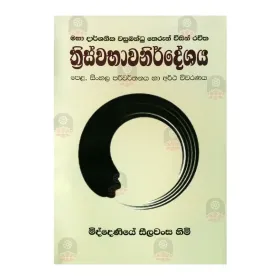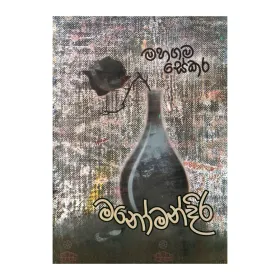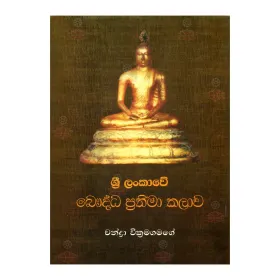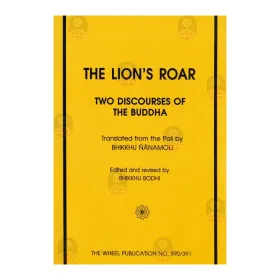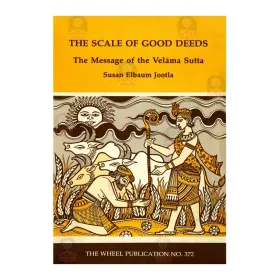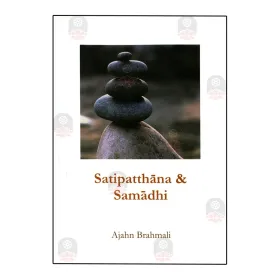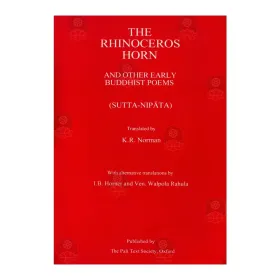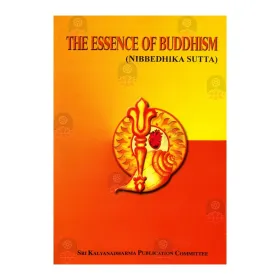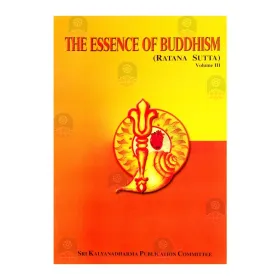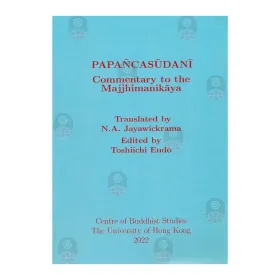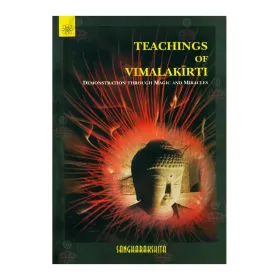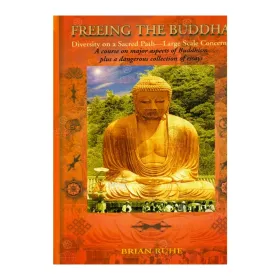Thrisvabhavanirdeshaya
මහා දාර්ශනික වසුබන්ධු තෙරුන් විසින් රචිත ත්රිස්වභාවනිර්දේශය පෙළ, සිංහල පරිවර්තනය හා අර්ථ විවරණය - වාසුබන්දු තෙරුන් වහන්සේ බෞද්ධ ලෝකයාට සුවිශාල චින්තනමය වෙනසක් ඇතිකර ගැනීමට මඟ පෑදූ සහ ලෝක දර්ශන කේෂේත්රය තුළ බොහෝ සෙයින් ගෞරවයට හා සැලකිල්ලට පාත්ර වන ප්රබල ගණයේ දාර්ශනික පරිණතභාවයකින් යුක්ත වූ තෙරුන් වහන්සේ නමකි. උන්වහන්සේගේ කෘතියක් වන ත්රිස්වභාවනිර්දේශය තුළ අඩංගු වන්නේ විඥප්තිමාත්රතා දර්ශනයේ පදනම සැකසී ඇති ආකාරය පැහැදිලි කරන දාර්ශනික සාකච්චාවකි.
Rs 450.00

